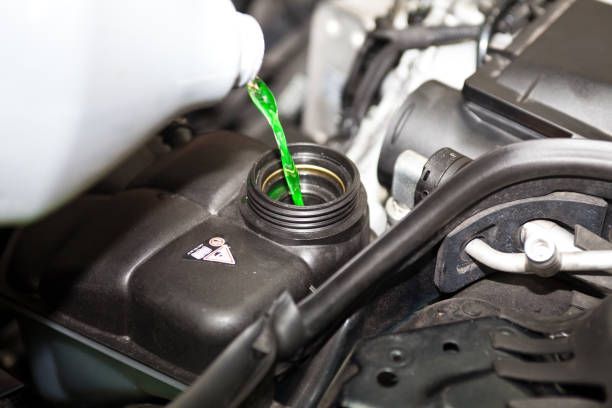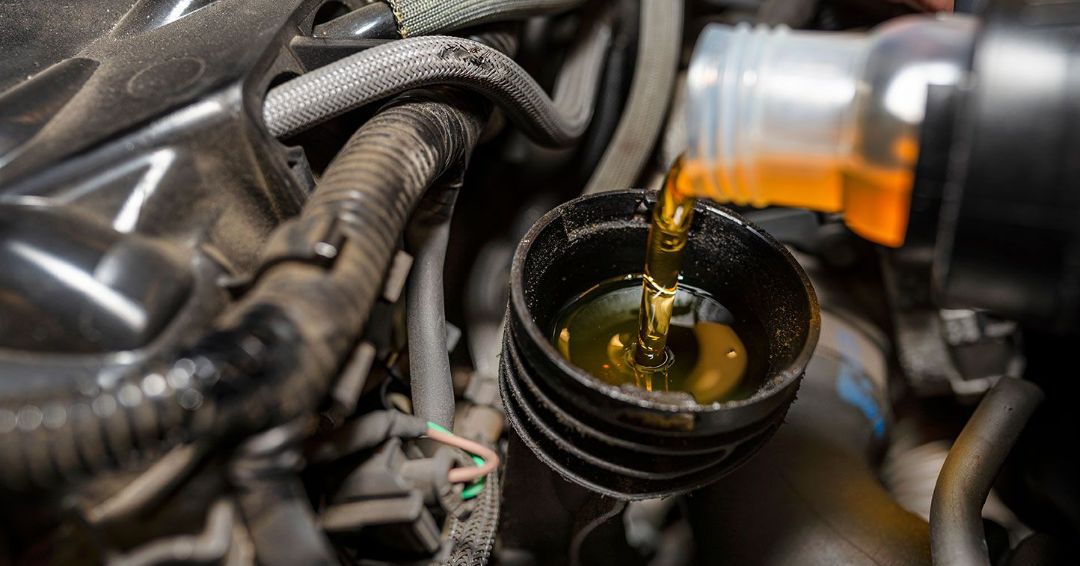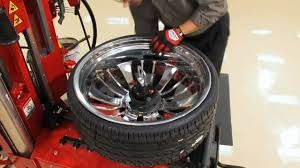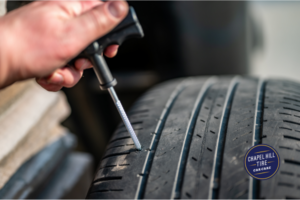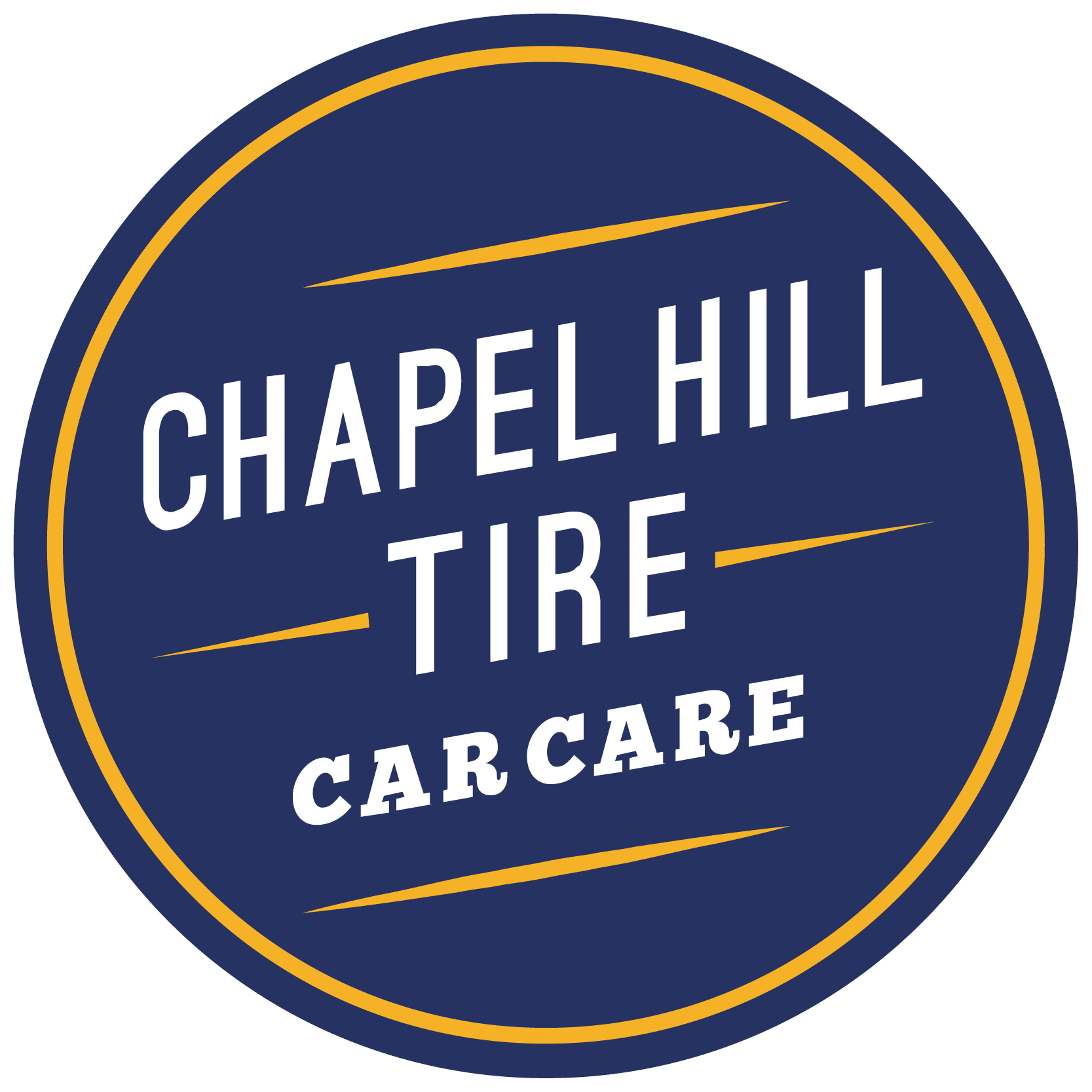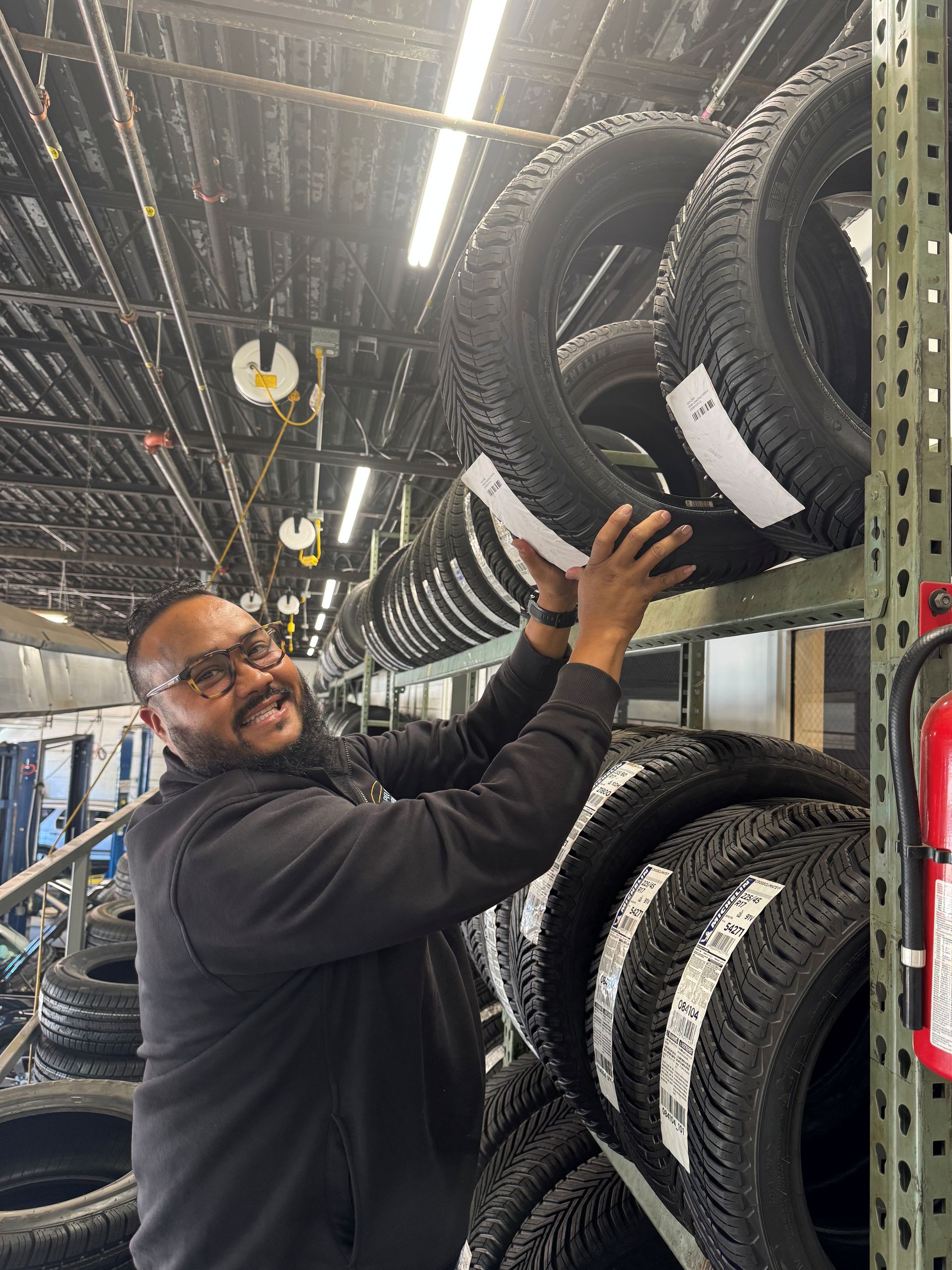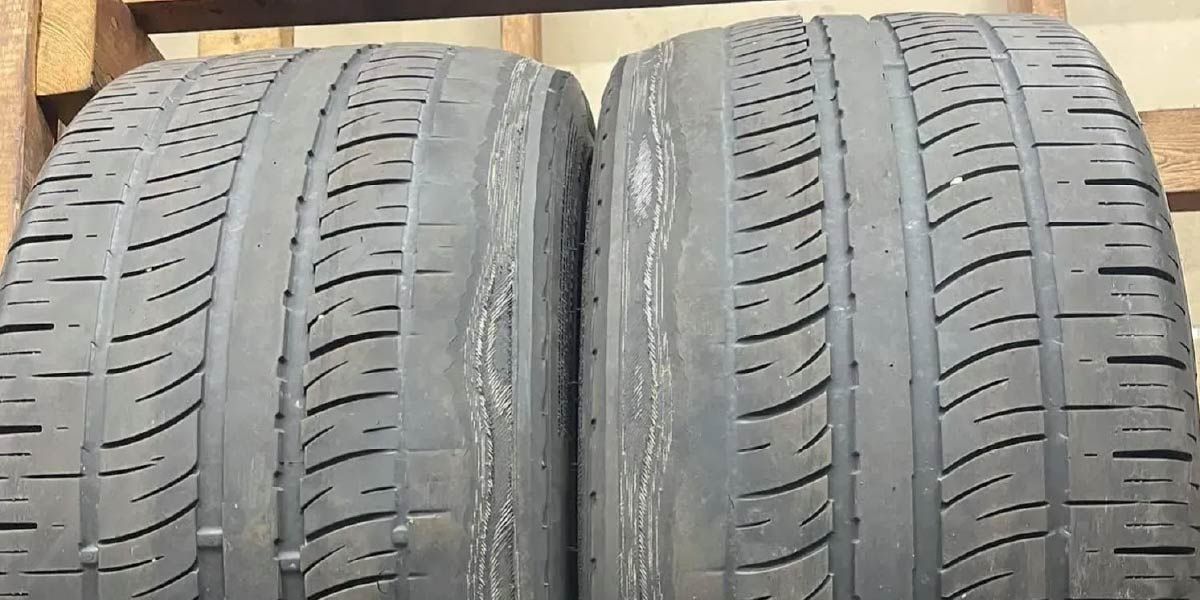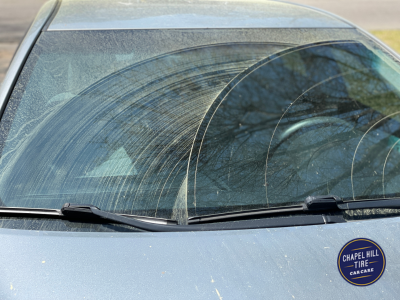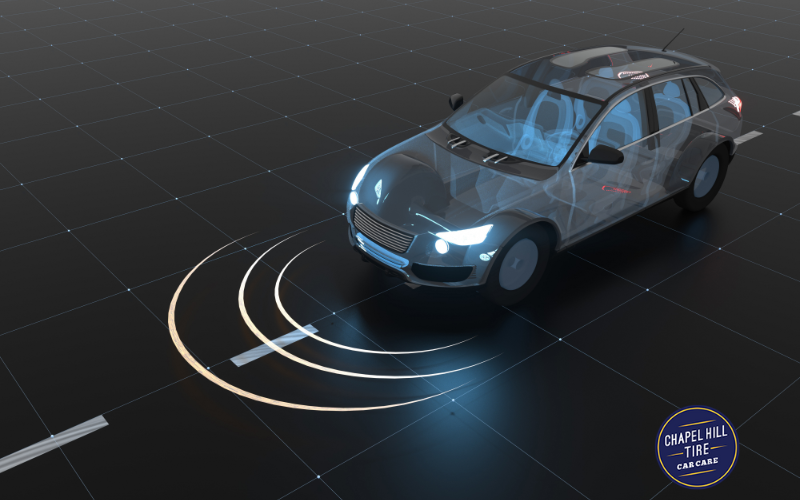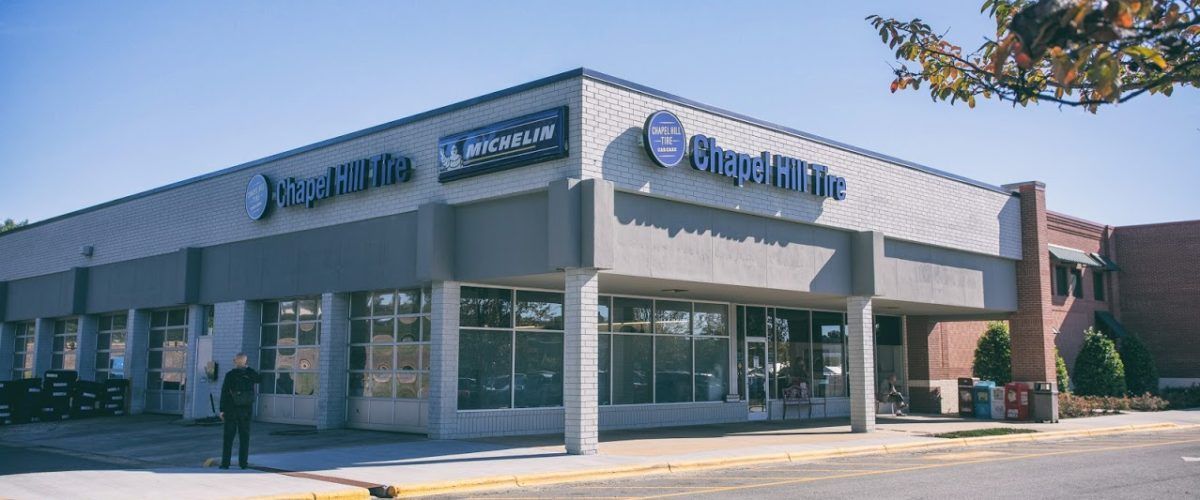What Is Checked During an NC Emissions Inspection?
Auto Shops Located in: Chapel Hill, Durham, Taleigh, Apex, and Cary North Carolina

The automotive industry is becoming increasingly more environmentally friendly. Between electric, hybrid, and fuel-efficient cars, we work to protect the planet more and more each day. One way that governments ensure your car is doing its part is with an annual emissions inspection. The local mechanics at Chapel Hill Tire are here with all of the insights you need about this annual vehicle check.
What Does an Emissions Inspection Check?
While drivers commonly think of the annual inspection as a single check, it is actually 2-3 inspections wrapped into one.
- First is your safety inspection: This is required by all vehicles on the road each year to ensure safety components are working as they should. You can read our guide to everything checked during a safety inspection here.
- The second is your tampering inspection. This check (wrapped into your safety inspection) ensures your catalytic converter and other emissions components have not been tampered with to boost vehicle performance.
- The third is your emissions inspection. This check looks at your engine and sensors to help you catch and address harmful damage early.
Emissions inspections are primarily checks of your OBD-II (or OBD2) system. OBD stands for onboard diagnostics. OBD2 is the most recent system of diagnostic codes—standard in all vehicles since 1996.
Emissions inspections check to ensure that your sensors, monitors, and dashboard lights all work as they should. It also requires that you complete any related repairs detected by your onboard diagnostics system.
Get a State Emissions Inspection
NC Emissions Inspection Failure
Most emissions inspection failures are caused by the check engine light. When your check engine light comes on, you should always bring your vehicle in for expert insight as soon as possible. While some drivers may ignore the light and hope for the best, it could be warning you of a detrimental issue to your vehicle or your safety.
In addition to as-needed tests, the emissions inspection annually checks in on your engine and other components that could be causing your vehicle to run inefficiently. Before updated OBD technology, mechanics would have to manually test for troubles in the exhaust. Now, the internal sensors can measure the oxygen levels, temperature, mass air flow, and so much more. Two potential problems could lead to emissions inspection failure:
- Symptom problems: On occasion, your check engine lights could come on because you have a faulty sensor rather than an actual engine problem. In these cases, you simply need to treat the symptom of the issue by having your sensor repaired or replaced.
- Source problems: Naturally, check engine lights can also indicate an issue somewhere in your engine. A professional mechanic can diagnose these troubles and work with you to create a repair plan.
If your check engine light is on, you will need to address the cause of this light trigger before you can pass the emissions inspection.
What Happens If I Fail My NC Emissions Inspection?
So what happens when you fail your emissions inspection? Your next steps will depend on the reason(s) you failed. Let’s take a look at common causes of inspection failure and what you can do about it.
Emissions Inspection Check Engine Light Failure
As mentioned above, the most common cause of emissions inspection failure is a check engine light or a related issue somewhere in your vehicle. While an inspection failure is not ideal, there are simple steps you can take to get back on track.
First, you must schedule a repair, maintenance, or service visit to address the cause of the failure. Once it is ready, your mechanic will administer another emissions inspection. But what if your vehicle fails the second time? In these cases, you might qualify for a waiver from the DMV. To get a waiver, you will need to prove that you followed all of the necessary steps and attempted to address the problem with at least $200 in repairs.
“Not Ready” Emissions Inspection Failure
Some drivers fail their emissions inspections with a Not-Ready Rejection VIRS. Your OBD-II must have the sensors at the ready before a mechanic can complete the emissions inspection. While most vehicles become ready very easily, some have a hard time getting monitors to the “ready” state.
If your vehicle returns too many “not ready” scan responses, you will receive a Not-Ready Rejection VIRS. In these cases, you will need to get your vehicle ready and return another day for an emissions inspection. For some drivers, this will require repairs to your OBD-II system. Other drivers may simply need a reset—which often happens while you drive normally for a couple of days.
If you follow all of the proper steps and your vehicle is still returning a “not ready” response, you might qualify for a waiver from the DMV.
Non-Communication Emissions Inspection Failure
Similar to the “not ready” failure, non-communication failure can occur when your sensors will not communicate with the scanning device. Rather than returning a “not ready” error, these failures occur when your vehicle returns no communication at all.
This might happen if a new radio or security system has impacted the wiring, signals, or power in your vehicle. Other issues, such as sensor damage, recalls, or needed vehicle upgrades, can also lead to non-communication.
In these cases, your mechanic will attempt to reach this communication at least three times. Unless you find a vehicle recall or recommended repair, the next step in non-communication failure is to make an appointment with the DMV. They will provide further insights and use additional scan tools on your vehicle. If you passed your safety inspection and visual/tamper inspection, you might qualify for a waiver.
Do I Need an NC Emissions Inspection?
Emissions inspections are completed each year alongside the safety inspection for vehicles that do not qualify for an exemption. Exempt vehicles include:
- Antique vehicles
- Diesel-operated vehicles
- Registered farm vehicles
- Vehicles 20 years or older
- And, most commonly, light-duty vehicles less than 3-years old or with less than 70,000 miles
Additionally, these rules only apply to vehicles registered in a county that requires emissions testing.
Which Counties Require NC Emissions Inspections?
According to the NCDOT, emissions inspections are currently required in 22 North Carolina counties:
- Alamance
- Buncombe
- Cabarrus
- Cumberland
- Davidson
- Durham
- Forsyth
- Franklin
- Gaston
- Guilford
- Iredell
- Johnston
- Lee
- Lincoln
- Mecklenburg
- New Hanover
- Onslow
- Randolph
- Rockingham
- Rowan
- Wake
- Union
Annual Car Inspections Near Me | Chapel Hill Tire
If you are due for an annual inspection, the experts at Chapel Hill Tire are here for you! We complete quick and convenient services that will get you in, out, and driving happy. The Chapel Hill Tire experienced auto service mechanics proudly serve the greater Triangle area with our 9 locations across Apex, Durham, Raleigh, Carrboro, and Chapel Hill. You can make your appointment here online or give us a call to get started today!
We’ve got all your automotive repair needs covered.
